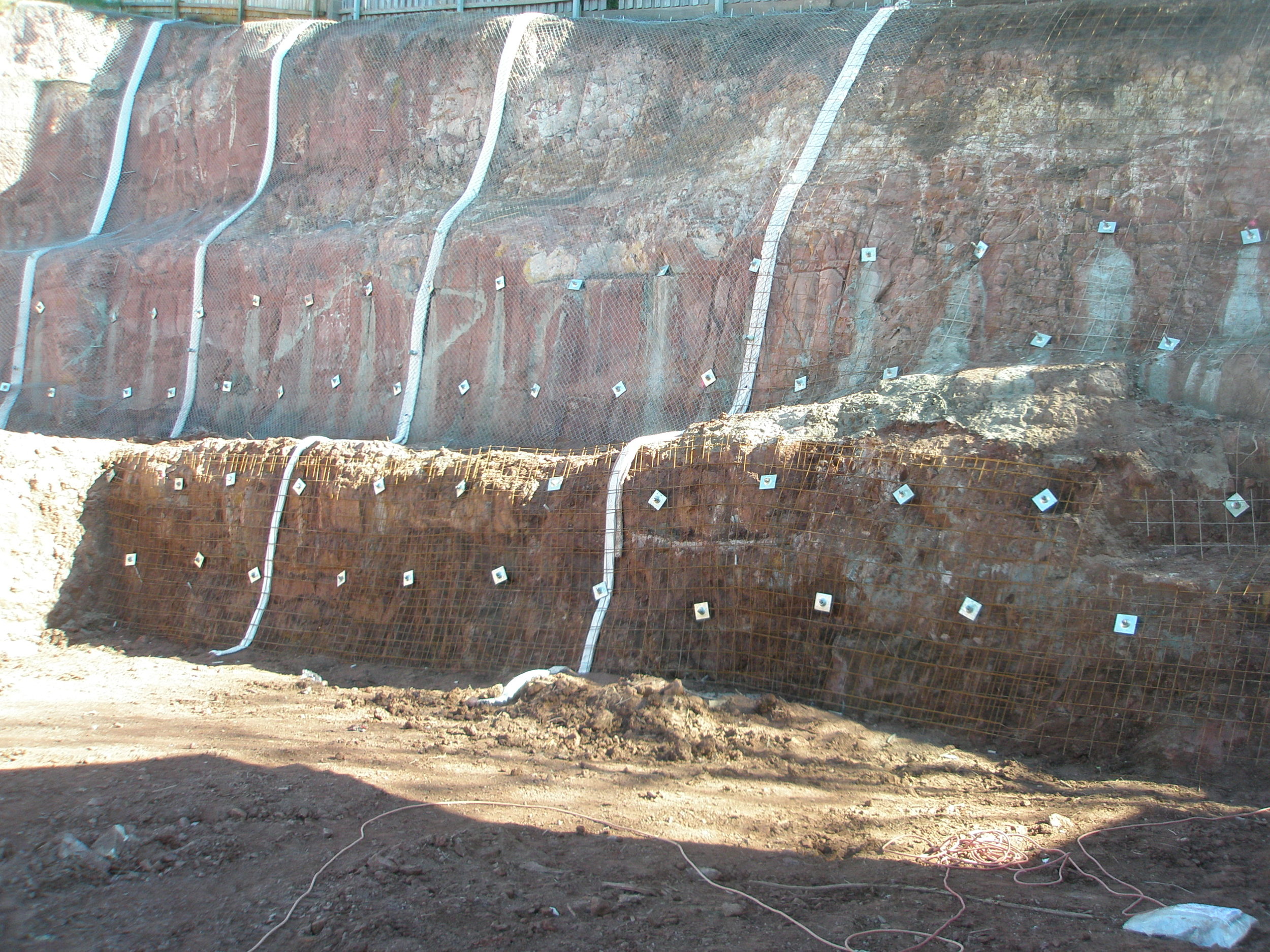Reliable Rock Anchors for Secure and Steady Structures
In the world of civil design, the role of trustworthy rock supports can not be overemphasized, as they are pivotal in establishing safe and secure structures throughout a selection of applications. These supports not just promote tons transfer from frameworks to bedrock but also supply vital resistance against natural forces, consisting of wind and seismic task. Understanding the various kinds of rock supports, their particular applications, and the ins and outs of setup and upkeep is necessary for enhancing their performance. What elements should be taken into consideration when picking one of the most proper anchoring service for a given job?
Kinds of Rock Anchors

Easy supports depend on the weight of the framework and the bordering soil or rock to give resistance. They are usually made use of in applications where minimal motion is expected. Energetic anchors, on the other hand, entail the application of stress with a high-strength wire or pole, producing a pre-stressed problem in the anchor. This kind is especially advantageous in vibrant environments, such as landslide-prone locations.
Grouted anchors are one more considerable classification, where a steel bar or cord is placed right into a pierced hole, complied with by a cementitious grout. When treated, the grout bonds with the surrounding rock, creating a robust anchoring system. Each sort of rock anchor uses distinctive benefits based upon the specific geological conditions and structural demands, therefore playing a critical duty in the total integrity and long life of created facilities.
Applications in Building And Construction
Rock anchors play an essential role in various building and construction applications, supplying vital support and stability in varied settings. These ingenious solutions are made use of in jobs ranging from massive infrastructure growths to smaller sized household structures. Among the key applications of rock supports is in the stablizing of inclines and maintaining wall surfaces, where they aid protect against dirt erosion and preserve architectural honesty.
Furthermore, rock supports are important in protecting foundations for bridges, passages, and skyscrapers, guaranteeing they can hold up against side forces such as wind and seismic activity. Their versatility permits for setup in challenging geological conditions, making them perfect for jobs in hilly or rough surfaces.

Secret Choice Requirements
Picking the suitable rock support for a specific application needs mindful consideration of a number of vital requirements. The geological conditions of the site need to be extensively assessed. Recognizing rock kind, strength, and security is necessary to make sure that the support will do properly under load conditions.

An additional important element is the deterioration resistance of the support materials. In environments subjected to dampness or chemicals, making use of corrosion-resistant materials will prolong the life expectancy of the supports and keep architectural honesty over time.
Additionally, the anchor's setup technique need to straighten with the my website project's requirements and constraints. Relieve of setup, in addition to the possible impact on surrounding structures, must be thought about.
Setup Methods
Reliable installment techniques are critical for the effective performance of rock supports. Appropriate setup makes certain that the anchors accomplish the wanted load-bearing ability and security within the geological conditions. The primary step in the setup procedure entails site analysis, where geological studies figure out the rock kind, problem, and any type of prospective challenges.
As soon as the website is assessed, the proper exploration technique have to be picked-- alternatives consist of rotating boring, ruby exploration, or percussion drilling. The choice depends on rock hardness and ecological factors to consider. Exact drilling depth and angle are vital to make sure that the anchors align with architectural requirements and load distribution.
After exploration, the next phase entails cleansing the borehole to remove debris, which can jeopardize bond stamina. Following this, the support is inserted, and if needed, a cement or resin is infused to improve adhesion. The healing time of these products should be followed, ensuring that the supports accomplish full strength prior to any kind of tons is applied.
Upkeep and Examination
Appropriate upkeep and inspection of rock anchors are necessary to guarantee their long-lasting performance and reliability (Williams Anchors). Regular assessments assist determine any type of potential concerns, such as rust, displacement, or architectural fatigue that might compromise the stability of the anchoring system
Regular inspections must be conducted at specified periods, taking into consideration environmental variables and the particular application of the rock supports. Aesthetic inspections ought to concentrate on the revealed sections of the supports, looking for signs of corrosion, splits, or various other abnormalities. Additionally, it is vital to evaluate the surrounding geological problems to discover any changes in dirt or rock that may affect support efficiency.
In some cases, more innovative techniques such as tons testing or non-destructive screening may be necessitated to determine the anchors' load-bearing capacity and overall wellness. Correct documentation of examination findings, upkeep tasks, and any kind of repair work or replacements carried out is important for ongoing assessment and compliance with industry standards.
Verdict
To conclude, reputable rock anchors play an important useful reference function in guaranteeing protected and stable foundations throughout different building applications. By efficiently transferring lots and boosting stability against side pressures, these anchors contribute significantly to the longevity and honesty of frameworks such as bridges, tunnels, and keeping walls. Strategic option, setup, and maintenance of rock supports are necessary for enhancing performance and guarding public security, eventually underscoring their relevance in contemporary engineering techniques.
Comments on “The Benefits of Using Williams Anchors for Long-Lasting Foundation Safety”